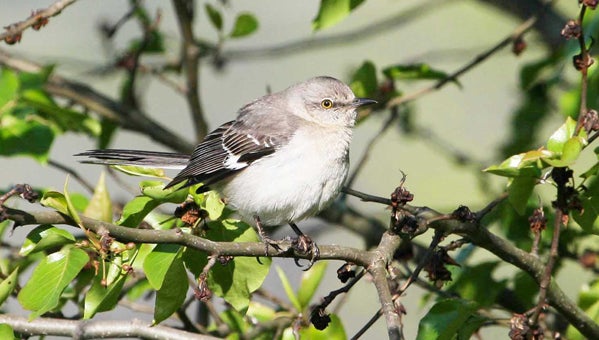Northern Mockingbirds – a winter songster
Published 10:13 am Monday, January 7, 2013
It’s a cold winter day and you’re walking to the office or back from a quick trip to the grocery store and you hear a bird singing in the depths of winter. That is always a surprise as most of us expect to hear birds singing in the springtime with the onset of the breeding season.
Mockingbirds are just a little different. Both the males and females establish territories to defend a food source during the winter months.
Even many non-birders amongst us are familiar with mockingbirds. Compared to many birds, they are obvious, noisy and very easy to see. They sing from exposed perches, chase the cat and can be generally annoying.
Northern Mockingbirds are found from coast to coast throughout the United States and are resident in our area of the Carolinas throughout the year. They are about the size of a slim American Robin with a long grey, black and white tail. Their overall pale gray plumage is only broken by a black line in front of the eye and black and white wings. They also have a somewhat staring yellow orange eye that seems to make them appear even more inquisitive.
Because of their incredible singing ability and repertoire, Northern Mockingbirds used to be popular cage birds back in the 19th century. Needless to say that this had a detrimental effect on the bird’s numbers and the Mockingbird became scarce to absent in many areas of the east coast. Thankfully public attitudes to keeping wild birds in cages soon changed and the bird regained its former stronghold. Since then the Mockingbird has extended its range and now occurs north into the fringes of Southern Canada. Aside from a few records in Alaska, Mockingbirds occur in every state in the country and have adapted very well to the human adaptation of the environment. Actually Mockingbirds seem to prefer a more open habitat and they have become a common sight in towns and gardens throughout the country.


